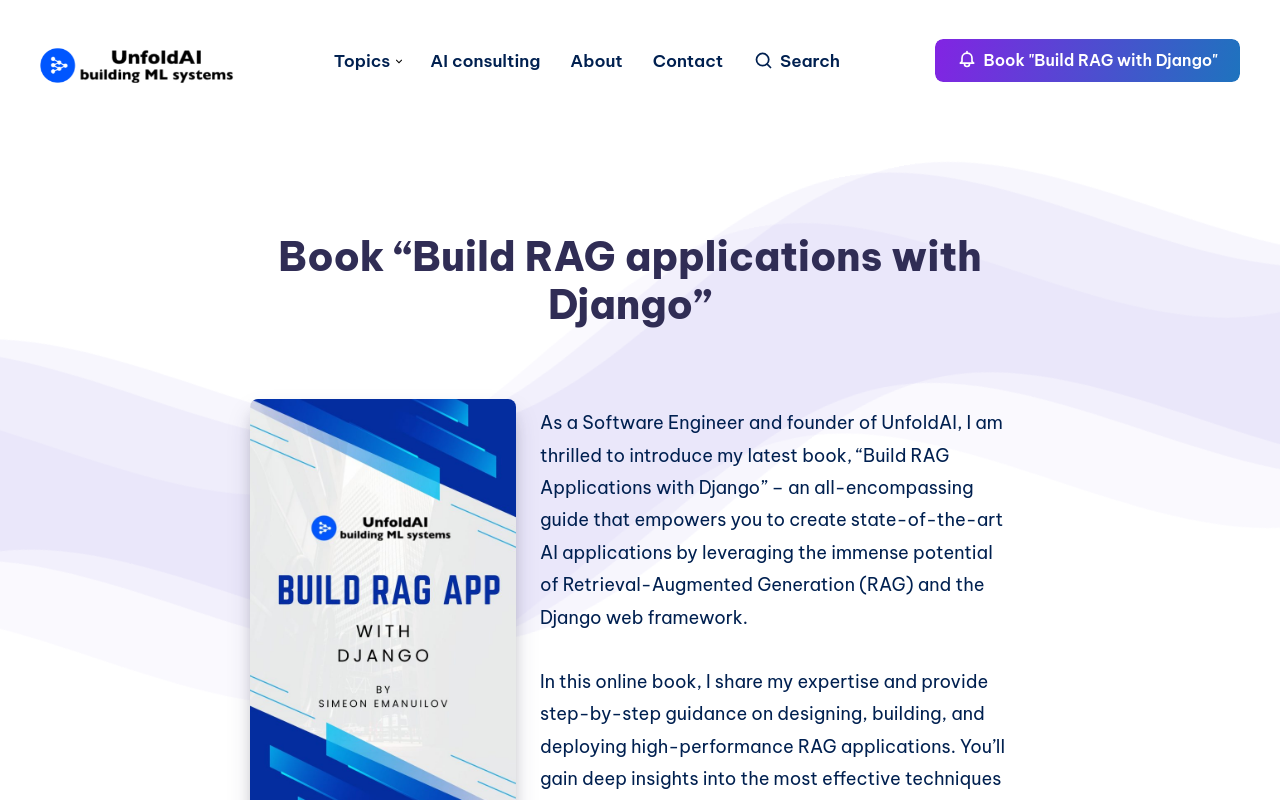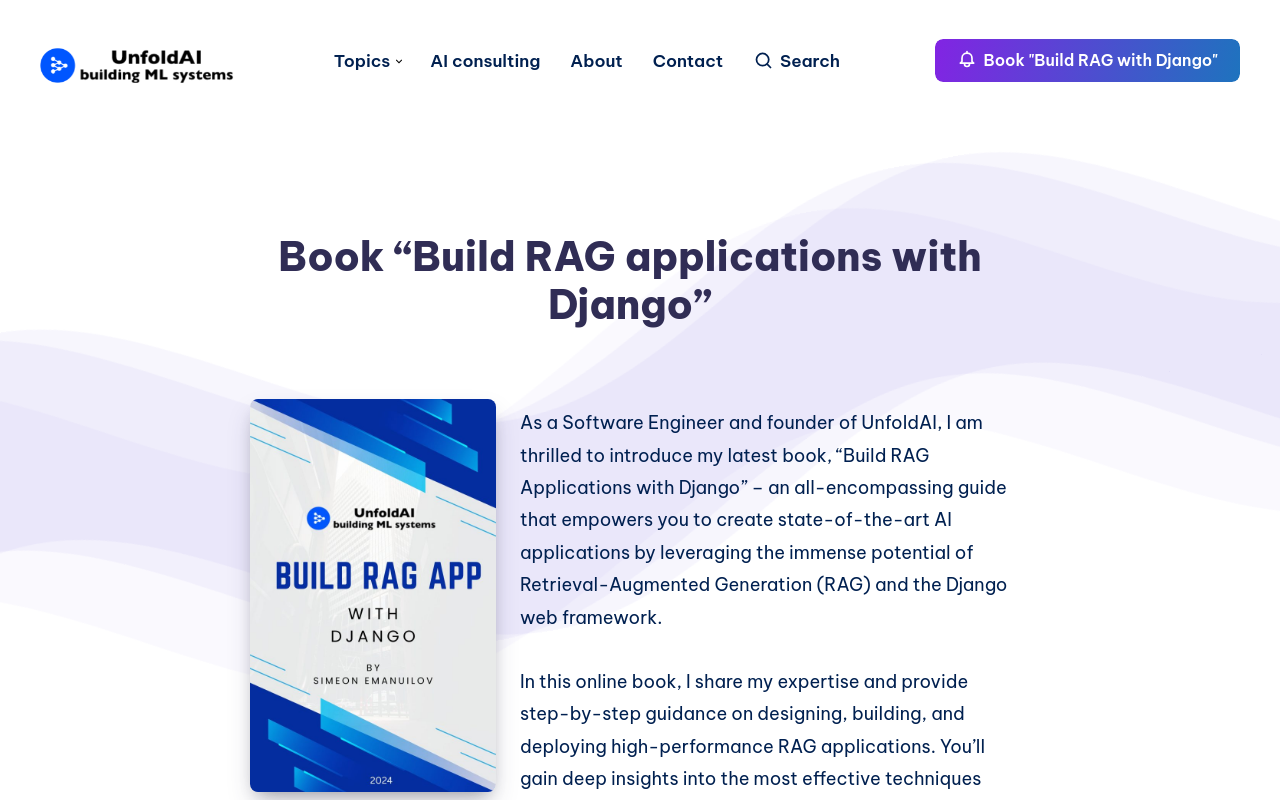Deep Computer Vision Package
A comprehensive learning package for deep learning in computer vision
Best for:
- Students
- Researchers
- AI Professionals
Use cases:
- Learning computer vision
- Developing visual recognition systems
- Understanding state-of-the-art architectures
Users like:
- R&D
- Engineering
- Data Science
What is Deep Computer Vision Package?
Quick Introduction
The Deep Computer Vision Package is an exhaustive and meticulously designed resource for individuals seeking to understand and apply deep learning techniques to computer vision tasks. Targeted at a wide audience, from beginners to seasoned practitioners, it covers a broad range of topics essential for mastering the intricacies of modern computer vision applications. Whether you are a student, researcher, or a professional looking to enhance your skills, this package offers detailed modules on the foundations of both computer vision and deep learning. The content includes state-of-the-art visual architectures such as Convolutional Neural Networks (ConvNets) and Vision Transformers, making it a valuable resource for anyone interested in developing sophisticated visual recognition systems.
This comprehensive guide is sculpted to emulate real-world challenges and provides practical insights into various computer vision tasks such as image classification, object detection, segmentation, and more. It delves deep into the algorithms, frameworks, and tips for training and analyzing visual recognition systems. By leveraging recent advancements in deep learning, this package is ideal for those who wish to stay ahead in the fast-evolving field of computer vision, offering tools and knowledge that can be directly applied to a range of industries including automotive, medical, and entertainment.
Pros and Cons
Pros:
- Comprehensive coverage of both foundational and advanced topics in deep learning and computer vision.
- Hands-on practice with real-world datasets and state-of-the-art architectures.
- Detailed explanations and tutorials aimed at different proficiency levels, from beginners to experts.
Cons:
- The extensive depth of content might be overwhelming for complete beginners without any background in machine learning or programming.
- Requires a decent amount of computational resources for hands-on tasks, making it less accessible for users with limited hardware.
- Some parts of the package are under development and may lack complete chapters or updated resources.
TL;DR.
- Provides foundational knowledge and advanced techniques in computer vision and deep learning.
- Includes practical modules on state-of-the-art visual systems like ConvNets and Vision Transformers.
- Ideal for a wide range of users from students to professional researchers.
Features and Functionality
- Comprehensive Modules: Dedicated sections on foundational topics like image processing, neural networks, and modern data augmentation techniques. These modules ensure that learners build a strong base before moving on to complex topics.
- State-of-the-Art Architectures: Detailed notebooks covering advanced visual architectures such as ConvNets and Vision Transformers, allowing users to learn and implement the latest models in computer vision.
- Hands-On Notebooks: Practical notebooks for various complex computer vision tasks including image classification, object detection, segmentation, recurrent networks, and more. This hands-on approach enhances understanding and practical skills.
- Real-World Datasets: Uses real-world datasets to provide context and practical applications, offering a realistic perspective on how these technologies are used in industry.
- Tips and Tricks: Guidance on effective training practices, optimization techniques, and common challenges in training deep learning models.
Integration and Compatibility
The Deep Computer Vision Package integrates well with commonly used deep learning frameworks and platforms. It provides seamless compatibility with TensorFlow and PyTorch, the industry-standard libraries for deep learning tasks. Additionally, the package incorporates various tools for data handling and preprocessing, making it compatible with popular datasets available online. While it doesn’t require specialized platforms, having a GPU-enabled setup is highly recommended for hands-on tasks.
Do you use Deep Computer Vision Package?
This package is a standalone resource that benefits from integrating existing open-source code and tools available on repositories like GitHub.
Benefits and Advantages
- Improved Learning Curve: Step-by-step tutorials and comprehensive modules make complex topics approachable.
- State-of-the-Art Techniques: Learn the latest advancements and apply them directly to practical tasks.
- Enhanced Productivity: Hands-on notebooks provide a practical understanding, allowing for immediate application of knowledge.
- Community Support: Opportunity to interact with a wide community of learners and professionals, facilitating knowledge sharing.
- Resource Efficiency: Saves time by consolidating all necessary information and tools in one package, eliminating the need for multiple resources.
Pricing and Licensing
The Deep Computer Vision Package is an open-source resource available under the MIT license, making it free for public use. This ensures accessibility to a broad audience without any cost constraints. Users can freely download, modify, and distribute the package as per their needs, which is ideal for educational purposes and collaborative projects.
Support and Resources
Users have access to extensive documentation within the package, offering detailed instructions and explanations for each module. Additionally, there is an active community forum where users can discuss challenges, share insights, and collaborate on projects. The GitHub repository itself acts as a hub for updates, bug fixes, and further development, providing continuous support for users.
Deep Computer Vision Package as an Alternative to:
Compared to other computer vision learning resources like the Coursera Specializations or Udacity’s Nanodegrees, the Deep Computer Vision Package offers a more thorough and up-to-date overview of cutting-edge techniques without the associated costs. Unlike structured courses that follow a rigid syllabus, this package provides flexibility and depth, allowing users to focus on specific topics of interest at their own pace. It also comes integrated with practical examples and real-world datasets, creating a more hands-on learning experience.
Alternatives to Deep Computer Vision Package:
- Coursera’s Deep Learning Specialization: Ideal for those looking for a more guided learning path with certifications and projects evaluated by course instructors.
- Udacity’s Computer Vision Nanodegree: Best for users seeking a structured program with mentor support, industry-relevant projects, and job assistance.
- Fast.ai Courses: Focuses on practical implementations and offers easy accessibility with less emphasis on the theoretical underpinnings, making it suitable for those prioritizing rapid application over depth.
Conclusion
The Deep Computer Vision Package is an invaluable resource for anyone venturing into the field of computer vision and deep learning. Its comprehensive coverage, practical notebooks, and emphasis on state-of-the-art techniques make it a robust tool for learners and professionals alike. Despite its extensive depth requiring considerable effort and resources, the package’s open-source nature ensures it remains accessible to a wide audience. Whether you’re aiming to build advanced visual recognition systems or just starting out, this package offers the knowledge and practical skills needed to succeed in the fast-evolving realm of computer vision.
Similar Products
Book ‘Build RAG applications with Django’
An all-encompassing guide for creating state-of-the-art RAG applications with Django.
Build RAG Applications with Django
A comprehensive guide to building Retrieval-Augmented Generation (RAG) applications using Django


